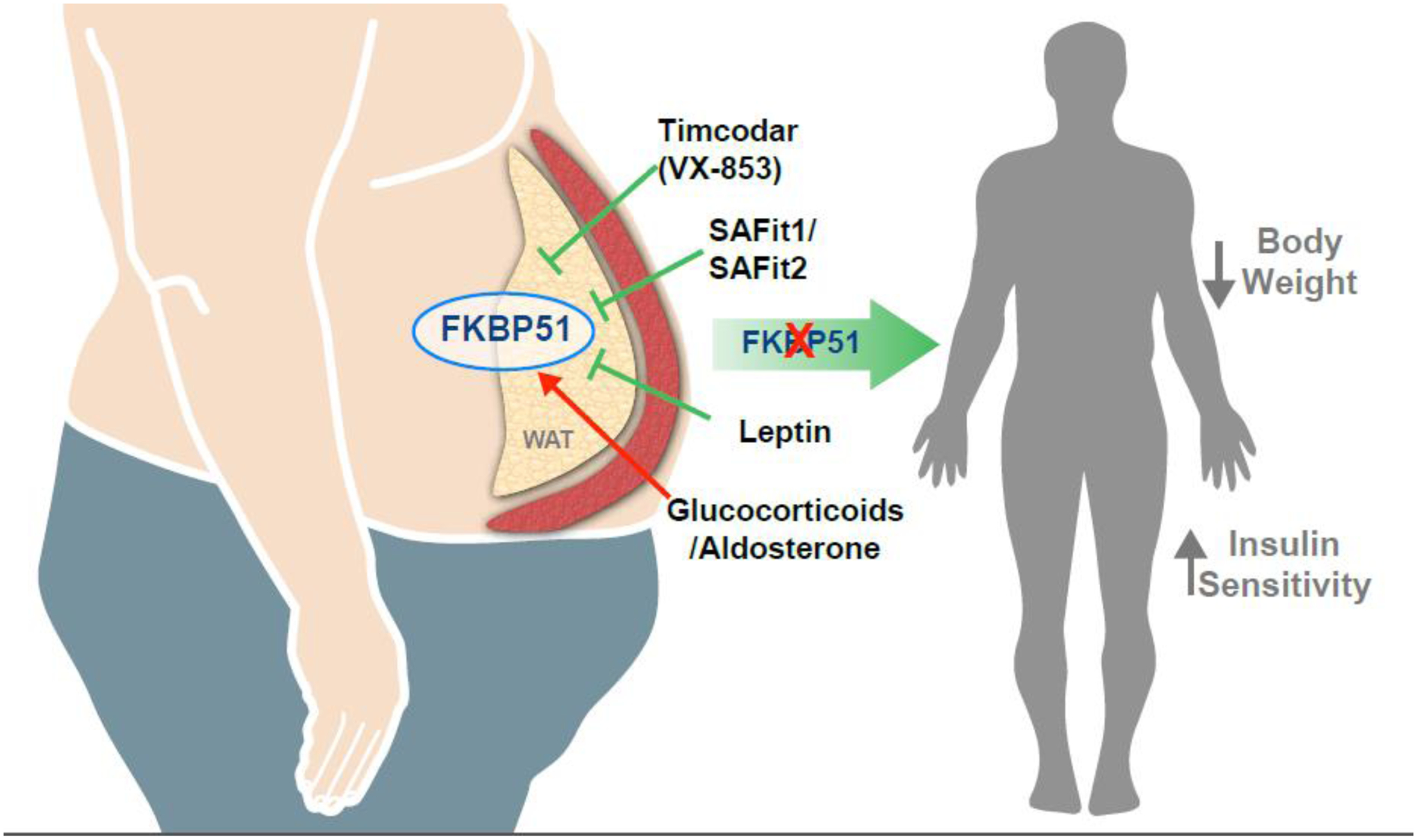Figure 2. Targeting of FKBP51 in humans to improve metabolic dysfunction.

White adipose tissue (WAT) has a high expression of FKBP51, which may occur from stress-related glucocorticoids, aldosterone, weight gain, or metabolic dysfunction. The FKBP51 protein can be inhibited by Timcodar (VX-853), SAFit1/SAFit2, and leptin, which might offer potential therapeutic avenues for metabolic dysfunction. Blockade of FKBP51 is known to reduce body weight and improve insulin sensitivity.
The graphical illustration was developed by Matthew Hazzard at the University of Kentucky College of Medicine.
